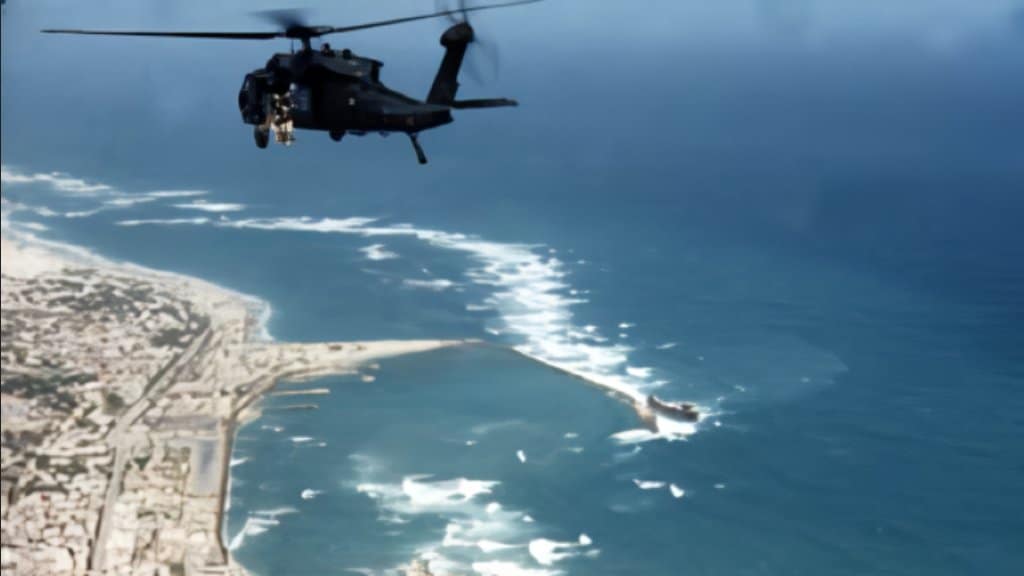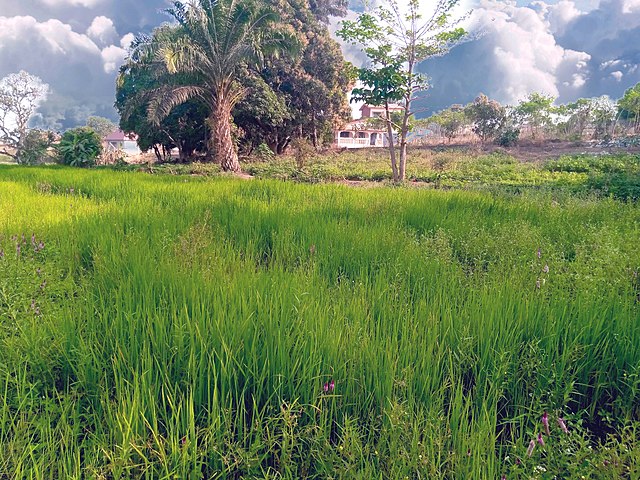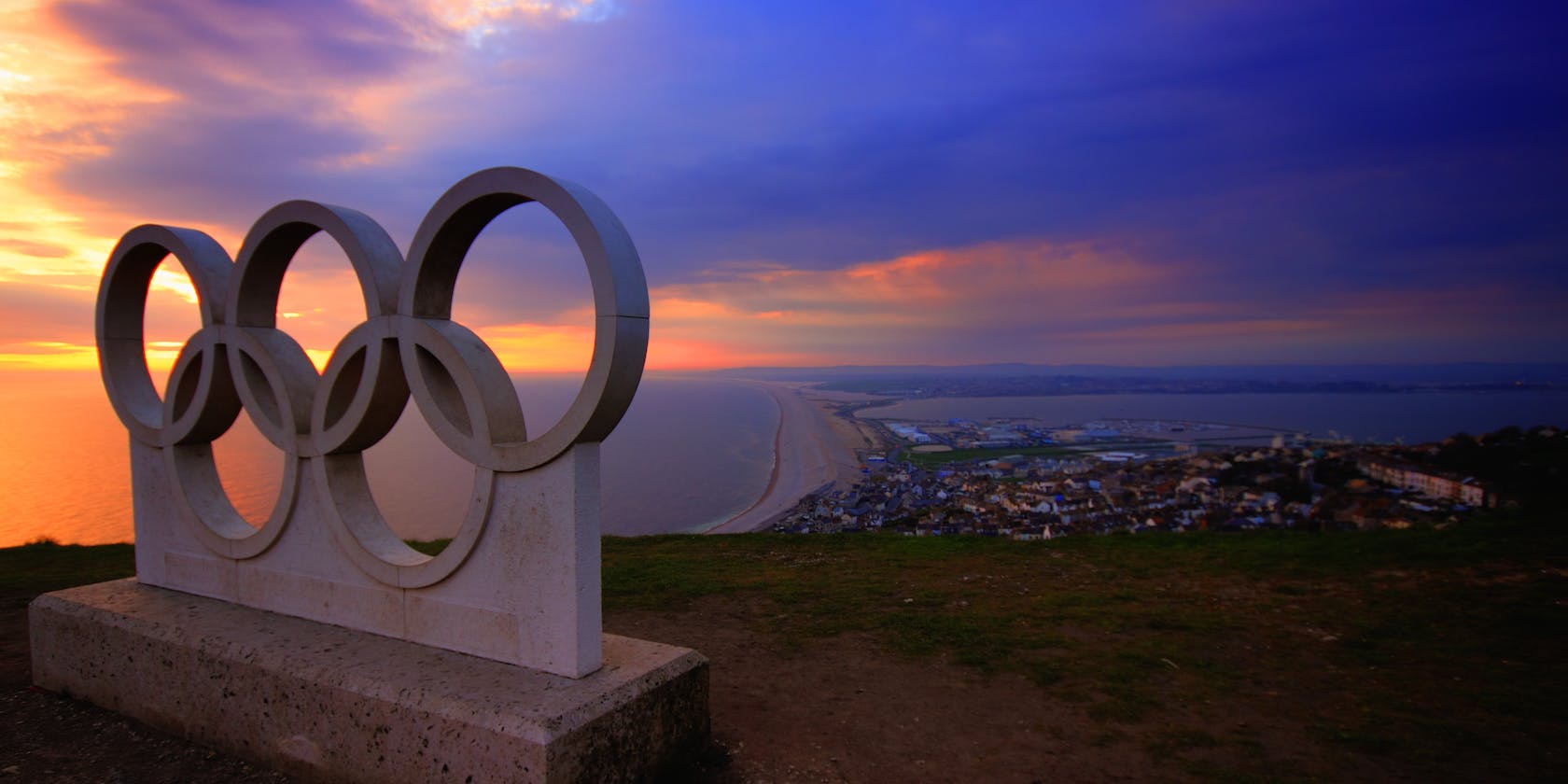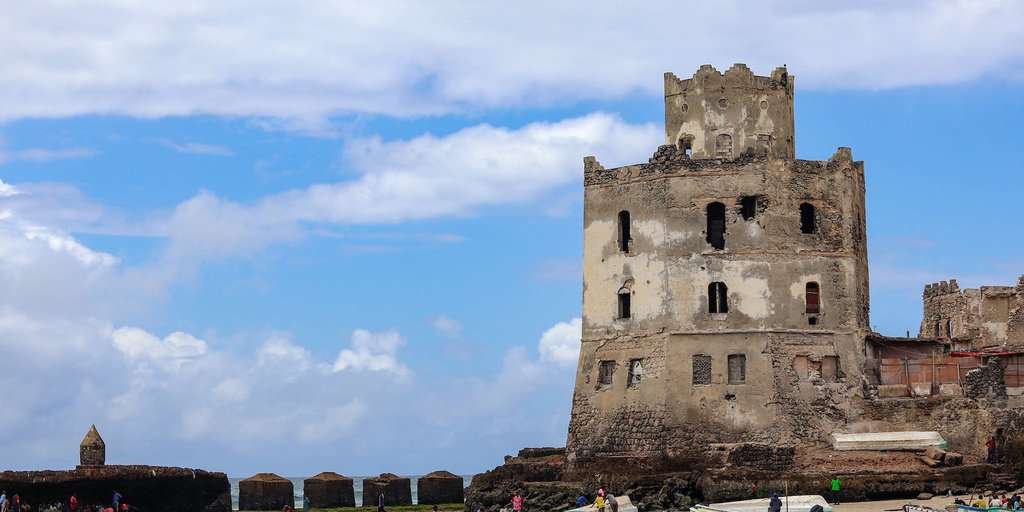Header Image Attribution: "Black Hawk Down Super64 over Mogadishu coast" by USASOC is under the public domain.This post contains affiliate links. Our Extraordinary Planet may be compensated for any purchases you make.“Black Hawk Down,” the gripping war film directed by Ridley Scott and based on real events, takes viewers on a harrowing journey through the Battle of Mogadishu in 1993. While the film is set in the Somali capital, the production team faced the challenge of not being able to film in the actual war-torn city.
Instead, they turned to Morocco, a country with a diverse landscape that offered a fitting backdrop for recreating the intense events of Mogadishu. Join us as we embark on a guided tour through the locations used to bring this heart-pounding story to life.
Sidi Moussa Was Used to Depict Mogadishu
In their quest for authenticity, the filmmakers scouted various locations across Morocco, ultimately selecting Sidi Moussa, a small town near Rabat, as the primary stand-in for Mogadishu. This choice was not arbitrary; it was guided by the town’s dusty streets, urban layout, and architectural features that closely resembled the Somali capital.
In transforming Sidi Moussa into Mogadishu, the film crew worked diligently to recreate the chaos and tension that characterized the city during the Battle of Mogadishu. This involved dressing the streets with debris, creating realistic war-torn settings, and utilizing special effects to simulate the intense combat scenes. The result was a visually striking and authentic portrayal of the urban battleground.
Avenue Nasser Portrayed Hawlwadig Road
One of the pivotal locations in the Battle of Mogadishu was Hawlwadig Road, where some of the most intense fighting took place. To recreate this crucial setting, the filmmakers turned to Avenue Nasser, a street located in Rabat, Morocco. Here’s how they meticulously crafted the chaotic atmosphere of the city streets during the battle scenes, going to great lengths to ensure accuracy:
1. Real-Life References: The filmmakers’ commitment to realism was unwavering. They extensively studied real-life footage of the Battle of Mogadishu, using it as a reference point for their scenes. This attention to historical detail allowed them to capture the essence of the conflict, ensuring that what you saw on screen closely paralleled the actual events.
2. Local Talent: To infuse the scenes with authenticity, the production team went the extra mile by hiring local residents as extras. This not only added a genuine sense of the local population to the film but also provided an opportunity for the people of Morocco to be a part of this cinematic endeavor. Their presence brought an additional layer of realism to the streets of Mogadishu.
3. Authentic Props and Costumes: Another crucial element in creating the believable environment of Mogadishu was the use of authentic props and costumes. The weapons, military gear, and clothing were all carefully selected to mirror what soldiers and militia members would have used in Mogadishu during that time. This attention to detail contributed significantly to the film’s visual authenticity.
4. Matching Climates: Shooting on location in Morocco wasn’t just a matter of convenience. It was a deliberate choice to replicate the climate of Somalia. This attention to detail ensured that the harsh environmental conditions faced by the soldiers during the battle were accurately portrayed. The scorching sun, dust-filled air, and overall atmosphere closely mimicked the conditions of Mogadishu, adding to the film’s realism.
The combined efforts of the production team resulted in scenes that were not only realistic but also deeply immersive. For viewers, this meant being able to experience the horror, confusion, and intensity of the Battle of Mogadishu firsthand.
Mogadishu’s Bakara Market Was Reconstructed off the Rue de Consuls
Bakara Market in Mogadishu was a central location in the real events depicted in “Black Hawk Down.” To authentically recreate this bustling market on screen, the production team embarked on an ambitious project. They meticulously constructed a detailed replica of Bakara Market just off the Rue de Consuls in Rabat, Morocco.
This replica served as the backdrop for the film’s intense firefight scenes that unfolded within the market. The attention to detail was paramount, with the set designers painstakingly recreating the chaotic and crowded atmosphere of Bakara Market. Stalls, merchandise, and the distinctive visual elements of the market were faithfully reproduced. This level of detail not only added to the film’s visual authenticity but also helped to transport viewers back to the chaotic streets of Mogadishu during the battle.
The Rue de Consuls location became the canvas upon which the heart-pounding sequences within the market were painted. The result was a vivid and gripping portrayal of one of the key locations where the Battle of Mogadishu raged, allowing the audience to feel the tension and danger that characterized this pivotal moment in history.
The US Military Is Portrayed at the Royal Moroccan Air Force Field at Kenitra
Portraying the US military presence accurately was crucial in “Black Hawk Down,” and the filmmakers turned to the Royal Moroccan Air Force Field at Kenitra for this purpose. This airfield was transformed into a bustling military base, complete with helicopters, troops, and all the necessary infrastructure to recreate the US military’s involvement in the battle.
The attention to detail was remarkable. Authenticity was maintained in the choice of military equipment, uniforms, and even the layout of the base, ensuring that viewers felt they were right in the midst of a military operation. The transformation of the Kenitra airfield into a believable military setting added depth and realism to the film, capturing the scale and complexity of the US military’s role in the events.
Mehdiya’s Beach Was Used for the Firing Range
Some scenes in “Black Hawk Down” required an expansive space to depict a firing range where soldiers engaged in military exercises. For this purpose, the filmmakers selected Mehdiya’s Beach, located near Kenitra. The beach’s wide-open expanse provided the perfect canvas for these scenes.
The use of Mehdiya’s Beach allowed for the realistic portrayal of military training exercises, with soldiers practicing their skills amidst the vast, sandy landscape. This location showcased not only the physical challenges faced by the soldiers but also the discipline and preparation required for their mission.
Where Was Black Hawk Down Filmed?
“Black Hawk Down” is a gripping war film that brings to life the events of the Battle of Mogadishu. While the actual events occurred in Somalia, the movie was filmed in various locations in Morocco. These carefully chosen sites helped recreate the intense and harrowing atmosphere of Mogadishu in 1993.
Frequently Asked Questions
How Historically Accurate Is “Black Hawk Down”?
“Black Hawk Down” is generally considered to be a reasonably accurate depiction of the events of the Battle of Mogadishu. However, like many historical films, some details were altered for dramatic purposes. It is based on the book of the same name by Mark Bowden, which extensively researched the battle.
Is Blackburn from “Black Hawk Down” Real?
Yes, John “Eversmann” Blackburn, portrayed by actor Orlando Bloom in the film, is a real person. He was a U.S. Army Ranger who participated in the Battle of Mogadishu and played a significant role in the events depicted in the movie.



